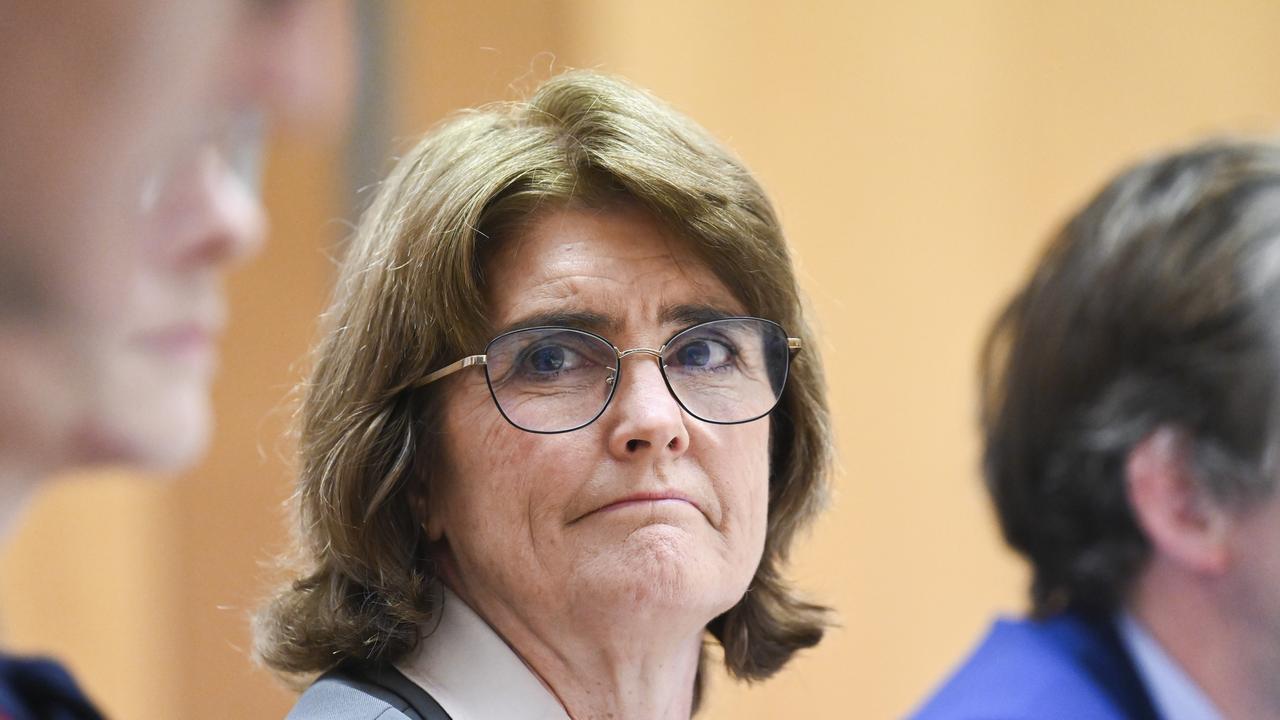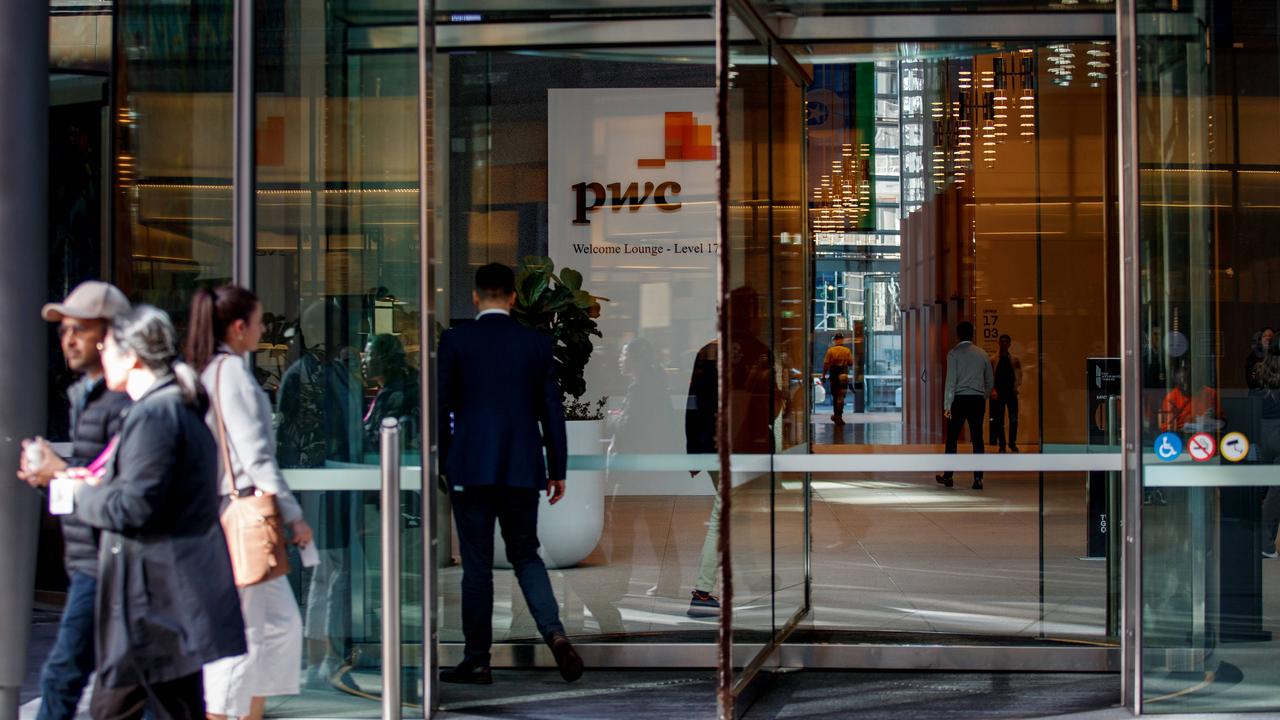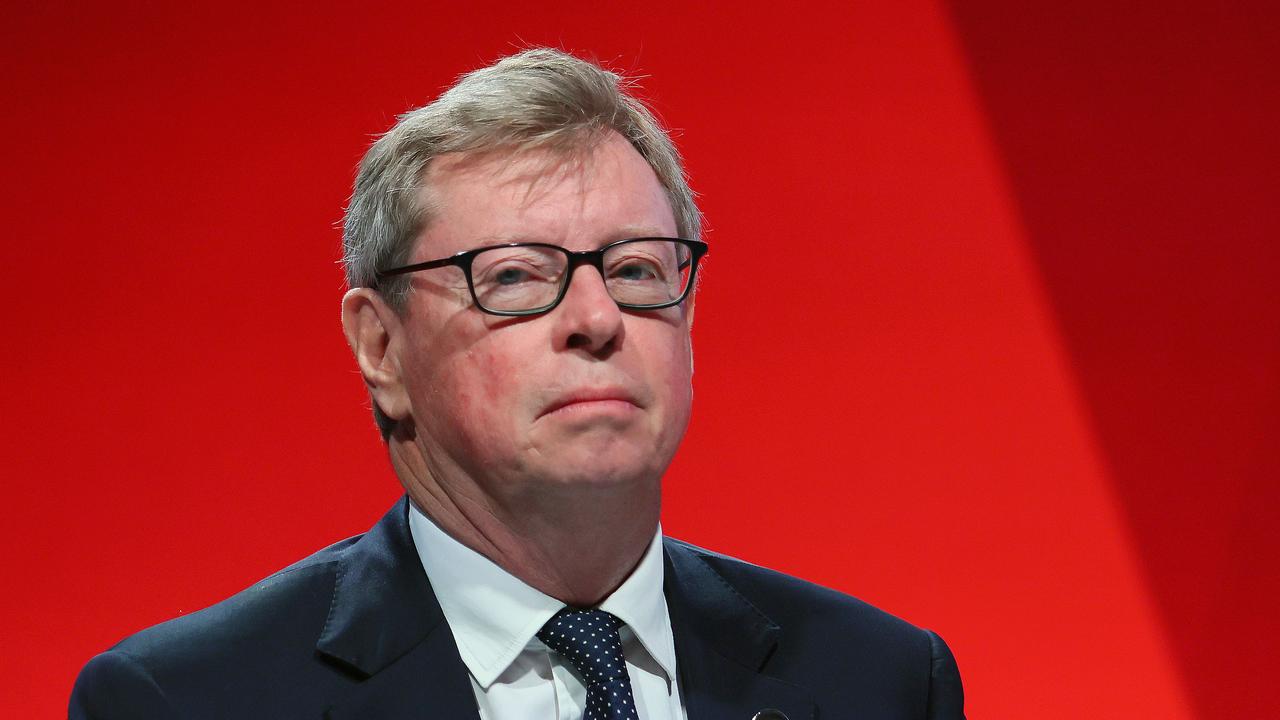Hold is the new hike for more hawkish RBA
The RBA board was clearly unhappy with the market pricing for rate cuts as of the end of July. So what does that mean for the more aggressive rate cutting path priced in by the market now?

Business
Don't miss out on the headlines from Business. Followed categories will be added to My News.
Just when it seemed the Reserve Bank had said all it could say about the interest rate outlook after its August board meeting, it managed to dial up the hawkish message.
Minutes from the August board meeting show the board was unhappy with an easing in financial conditions from rising house prices and credit growth and falling bond yields in recent months.

Several developments over preceding months suggested inflation would be “slow to decline”.
Underlying inflation fell “very little” in the past year, with the latest data “still some way above target”.
Revised forecasts showed it would take “a little longer than previously thought” to lower inflation “sustainably to target.”
RBA staff and economists have been “modestly under-predicting inflation” since early 2023, the minutes said. Domestic demand had been “stronger than expected” and the gap between demand and supply (or economic capacity) was “somewhat larger than previously thought.”
Unusually, the minutes cited financial conditions that were “insufficiently tight” as a factor that could have led the board to judge that the risk that inflation wouldn’t return to target in a reasonable time frame had “materially increased”, thereby making a rate hike “appropriate”.
The case to raise the cash rate “could have been further supported by developments in financial conditions over preceding months” as financial conditions “appeared to have eased modestly” due to rising house prices and credit growth and falling bond yields, the minutes said.
RBA staff forecasts also implied that the future path for the cash rate inferred from market pricing was “not sufficient to return inflation to the midpoint of the target range in 2026.”
So 2.6 per cent is not “the midpoint” and getting there by the end of 2026 is not good enough.
Members affirmed that their strategy was still to bring inflation back to target within a reasonable time frame, and their tolerance for this time frame being pushed out further was “limited”.
“Collectively, these considerations could be taken to imply that monetary policy should be tighter to achieve the Board’s inflation objective,” the minutes said.
Interestingly, the minutes framed the outbreak of global volatility at the start of the month as one of the reasons why it decided not to hike rates this month, rather than a reason to consider a cut.
“Given this, and the high degree of uncertainty surrounding both the forecasts and the implications of the volatility in financial markets prevailing at the time of the meeting, it could be that holding the cash rate steady best balanced the risks surrounding the outlook for both inflation and the labour market,” the minutes said.

The RBA board’s lack of tolerance for pushing out the return to target inflation was already known.
And if ever the board were to forecast underlying inflation above the top of its 2-3 per cent target band at the end of its forecast horizon, the widely-held assumption would be that the board would somewhat automatically be hiking interest rates to prevent that.
But until now, the minutes were released on Wednesday, people could be forgiven for thinking that the RBA’s forecast of underlying inflation at 2.6 per cent – near the middle of the target band – by the end of 2026 was acceptable to the board, even if only just.
The working assumption was that the RBA would adjust rates in line with the cash rate assumptions that got it to its inflation forecasts inside the target band. However, that’s not the case.
Perhaps reflecting that realisation, Australian government bond yields rose about 3 basis points across the curve after the minutes were released.
However, the Aussie dollar slipped to US67.15c as the US dollar rose.
The S&P/ASX 200 share index rose for an eighth-consecutive day, trading global markets.
Moreover, the RBA’s snapshot of market pricing on interest rates – used for its inflation forecasts – was taken on July 31st, after the release of the June quarter inflation data, the RBA has confirmed. Current market pricing is more dovish than that.
On July 31, the cash rate profile had a steady cash rate until December, 30 basis points of cuts by June 2025 and 75 basis points of cuts by December 2025.
Current market pricing has 22 basis points of cut by December, 75 basis points of cuts by June 2025 and almost 100 basis points of cuts by December 2025.
If the RBA were to run its inflation forecasts using the current interest rate pricing, they would presumably project an even slower return to the midpoint of the 2-3 per cent target band.
But while the RBA board seems to want to lower inflation a bit sooner than forecast, that doesn’t necessarily mean it will do so by hiking rates again. That still seems unlikely based on the minutes.
Moreover, the RBA reinforced its recent message that keeping rates on hold can take the place of rate hikes, assuming that inflation keeps falling, thereby increasing the “real” interest rate.
“By contrast, holding the cash rate steady at this meeting – and possibly for an extended period – would be appropriate if members assessed that inflation was still broadly on track to return to target within a reasonable time frame,” the minutes said.
“It could also be appropriate if the current level of the cash rate was judged to be appropriate to balance the prevailing risks to inflation with those surrounding the outlook for the labour market.”
“Members observed that it was possible to achieve a comparable degree of tightening in financial conditions as an increase in the cash rate by holding the cash rate at its current level for longer than the technical conditioning assumption underpinning the forecasts.”
In other words, if inflation falls and unemployment rises in line with the RBA’s forecasts, it may keep rates on hold well into 2025.
Originally published as Hold is the new hike for more hawkish RBA








